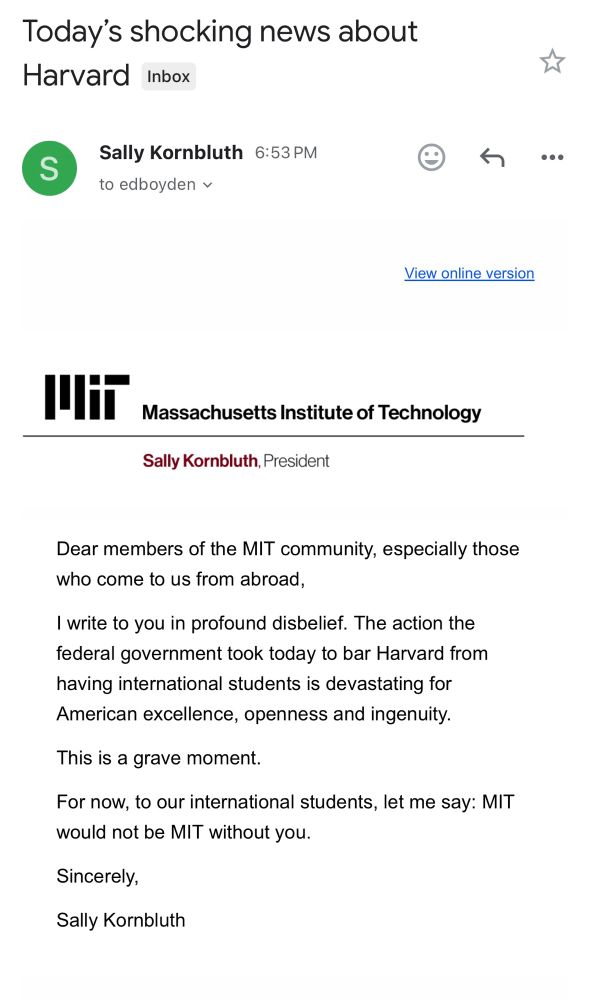

EMBL researchers have now found a way to easily reveal their inner structures by combining cryo-fixation with ultrastructural expansion microscopy 🔬
www.cell.com/current-biol...
EMBL researchers have now found a way to easily reveal their inner structures by combining cryo-fixation with ultrastructural expansion microscopy 🔬
www.cell.com/current-biol...

#neuroskyence
bit.ly/48EzEO8

#neuroskyence
bit.ly/48EzEO8

#neuroskyence
bit.ly/48EzEO8
Read more: e11.bio/blog/prism




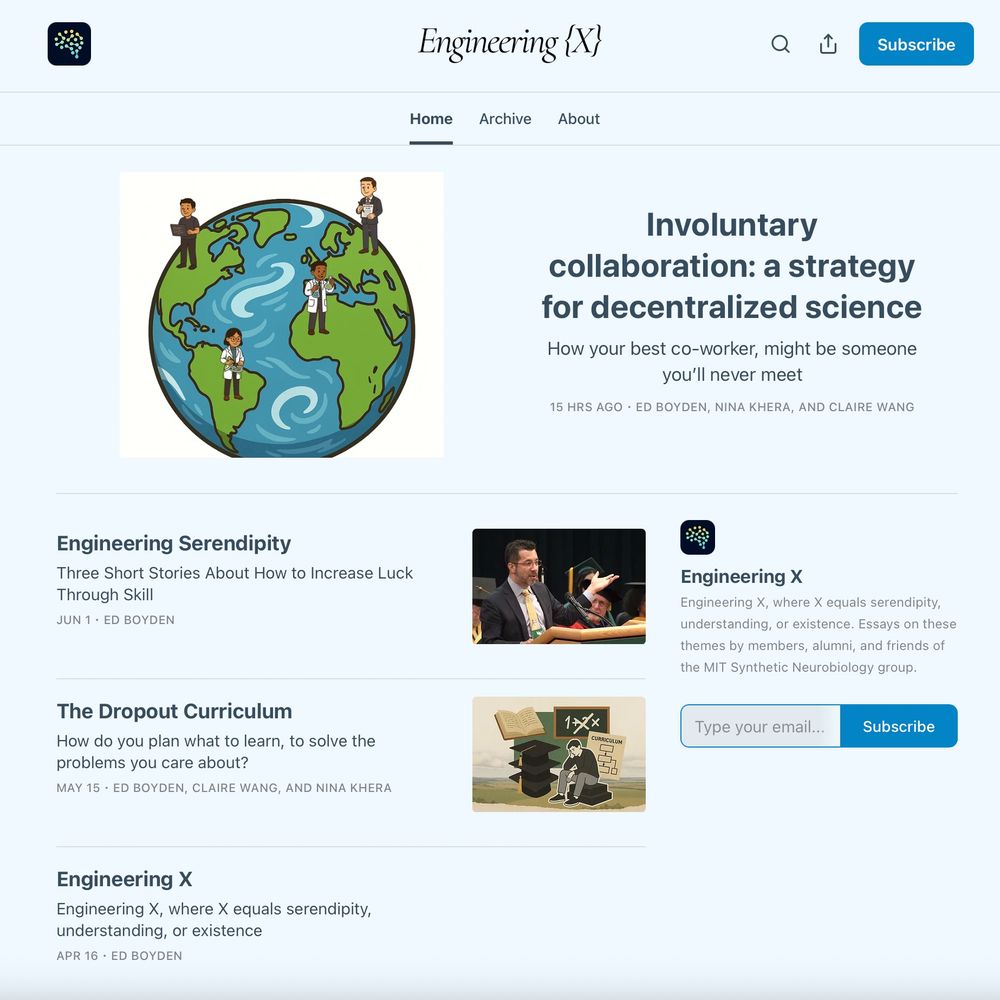
feat. @eboyden3.bsky.social, @adammarblestone.bsky.social, @andrewcpayne.bsky.social, @sgrodriques.bsky.social, Tom Kalil, @anastasiag.bsky.social...
news.mit.edu/2025/former-...

feat. @eboyden3.bsky.social, @adammarblestone.bsky.social, @andrewcpayne.bsky.social, @sgrodriques.bsky.social, Tom Kalil, @anastasiag.bsky.social...
news.mit.edu/2025/former-...
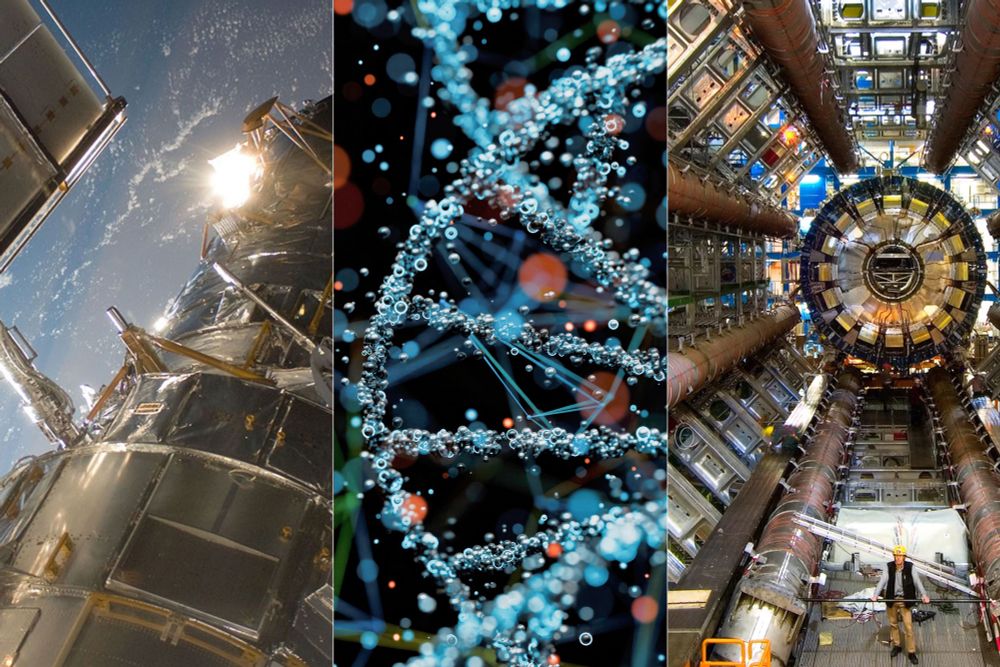
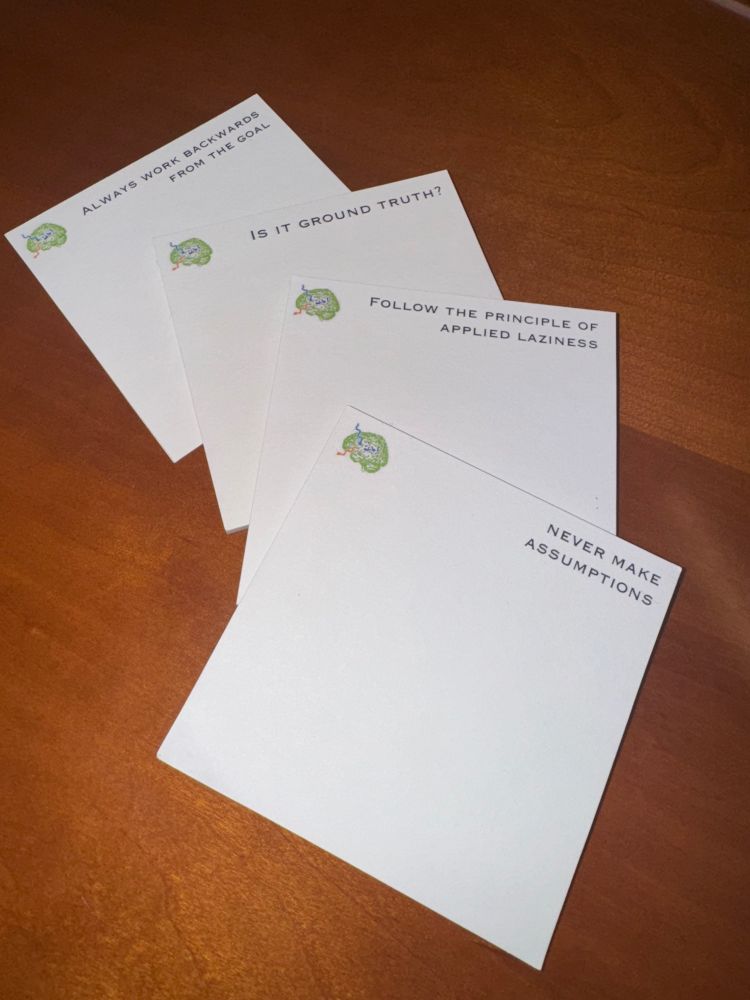

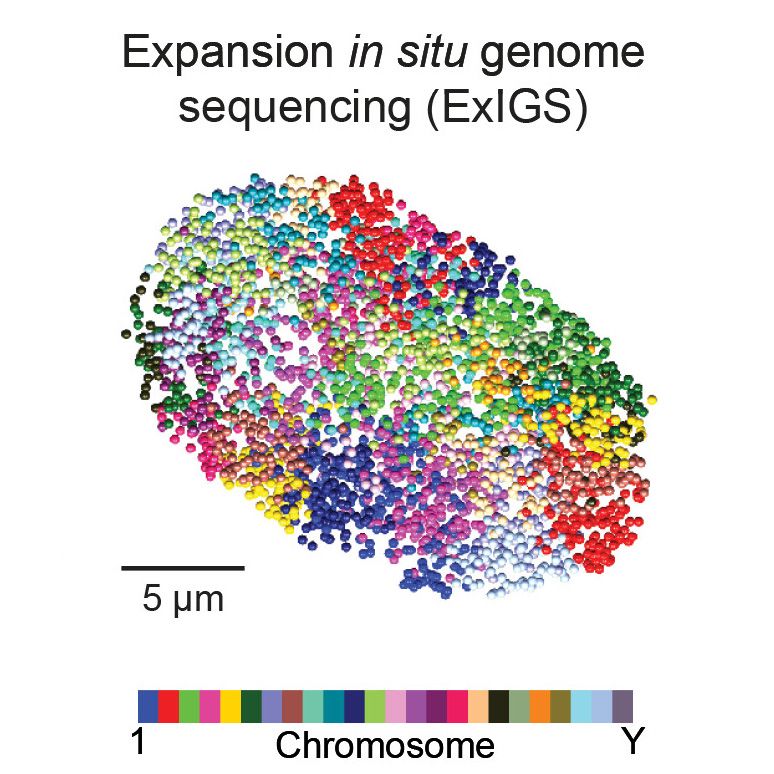
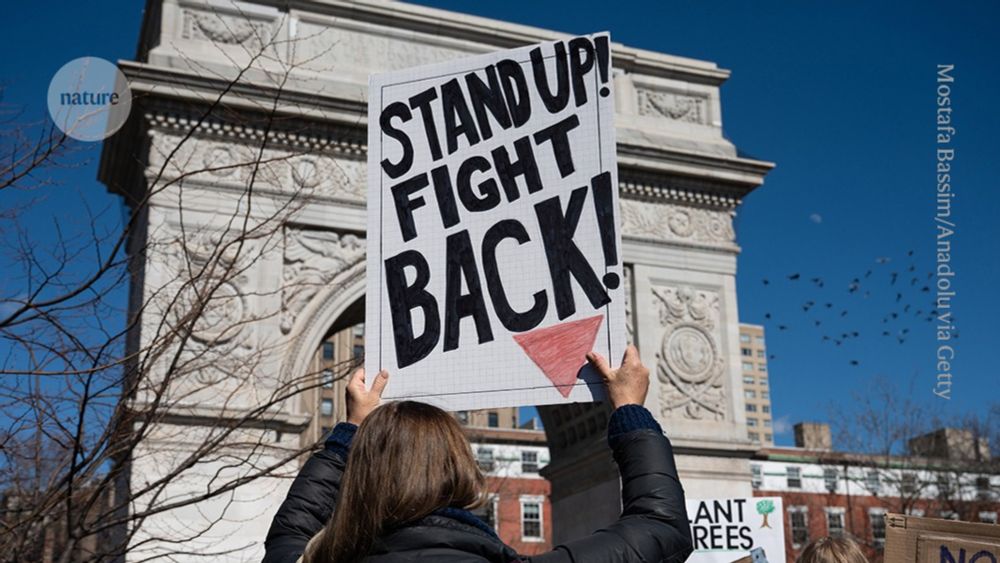
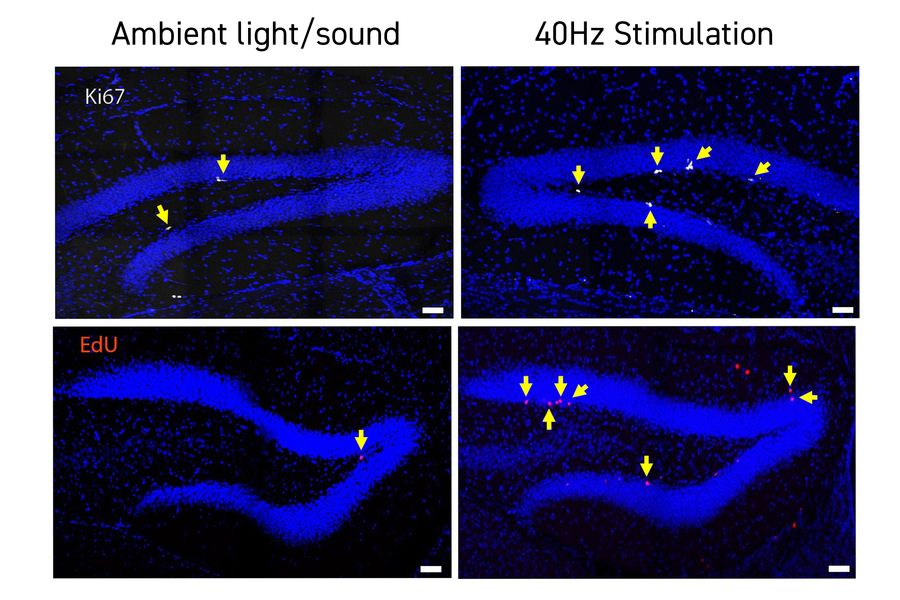


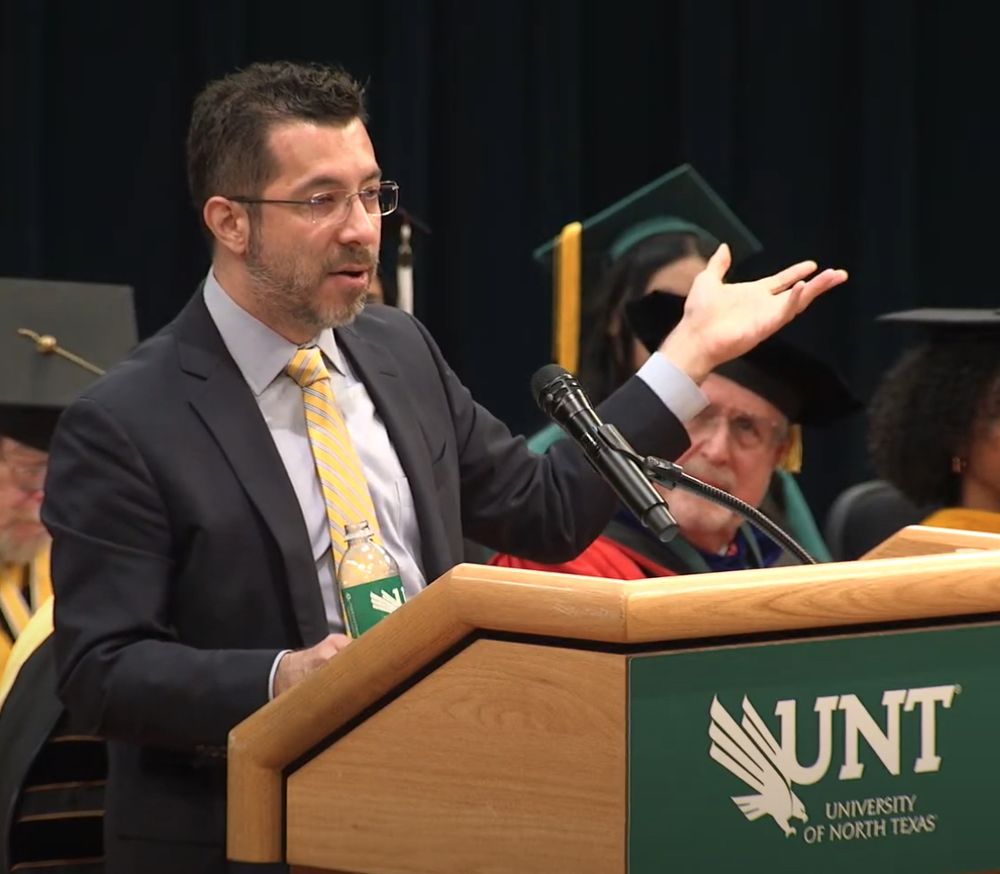
I'll walk through our single-shot 20-fold expansion microscopy (20ExM) method + share the full protocol so you can try it too.
🔗Register now!
Join us on:
🗓 Date: May 20, 2025
⏰ Time: 11:00 AM EST
Speaker: Shiwei Wang
#Webinar #LifeSciences #Microscopy

I'll walk through our single-shot 20-fold expansion microscopy (20ExM) method + share the full protocol so you can try it too.

www.wired.com/story/openwo...
We've been thinking about how #celegans can revolutionize science again, together with @kordinglab.bsky.social @eboyden3.bsky.social @wormsense.bsky.social and many other (also find our preprint on #arXiv)

www.wired.com/story/openwo...
We've been thinking about how #celegans can revolutionize science again, together with @kordinglab.bsky.social @eboyden3.bsky.social @wormsense.bsky.social and many other (also find our preprint on #arXiv)




